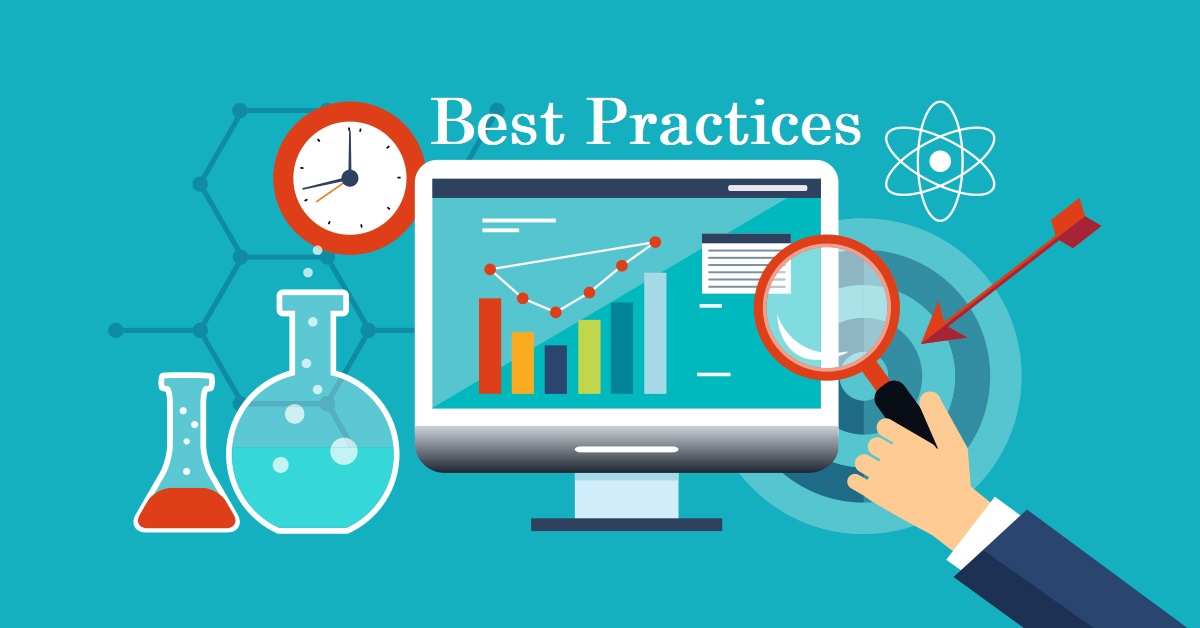
All along, People constantly exploring and researching WordPress websites best practices to help build the best website and maintain the website more safely and smoothly. The 7 tips and best practices mentioned in this article are helpful in future website operation.
Here are seven WordPress tips and best practices to consider:
- Always perform site updates in a test environment
- Learn about Gutenberg Editor (WordPress 5.x)
- Update your WordPress themes and plugins
- Make sure website is mobile-friendly
- Add SSL certificate to each site
- Find favorite tool
- Involve clients in the design and change process
1. Always update the site in the test environment
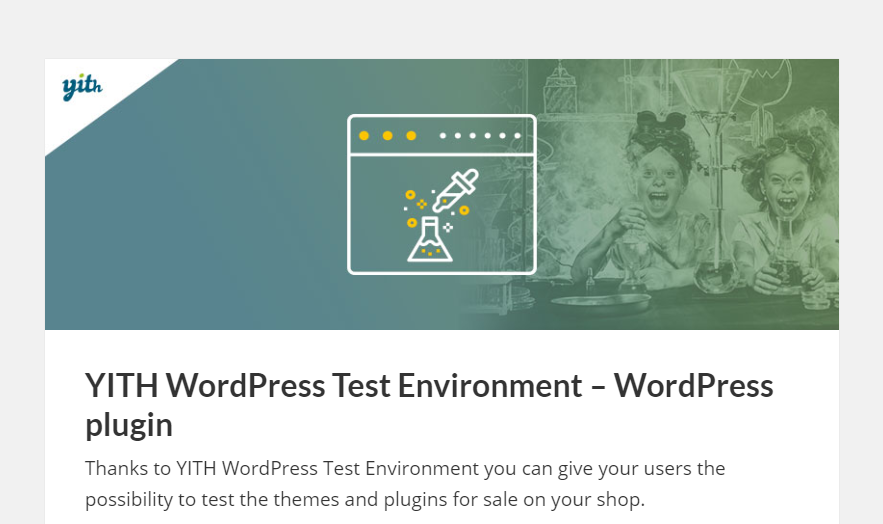
This first tip got the first place on this list, which is a very important reason: always remember everything discussed. When changes are made directly to an actual website, there may be a risk of crashing the website. If the website is linked to a business, then downtime is critical because it can mean lost sales. To eliminate this unnecessary risk, use a test environment to update WordPress site, this major in WordPress best practices. For quick repairs, the staging site can work normally. If features or a brand-new website design is been tested; the best suggestion is to use the local environment.
2. Understanding Gutenberg Editor (WORDPRESS 5.x)
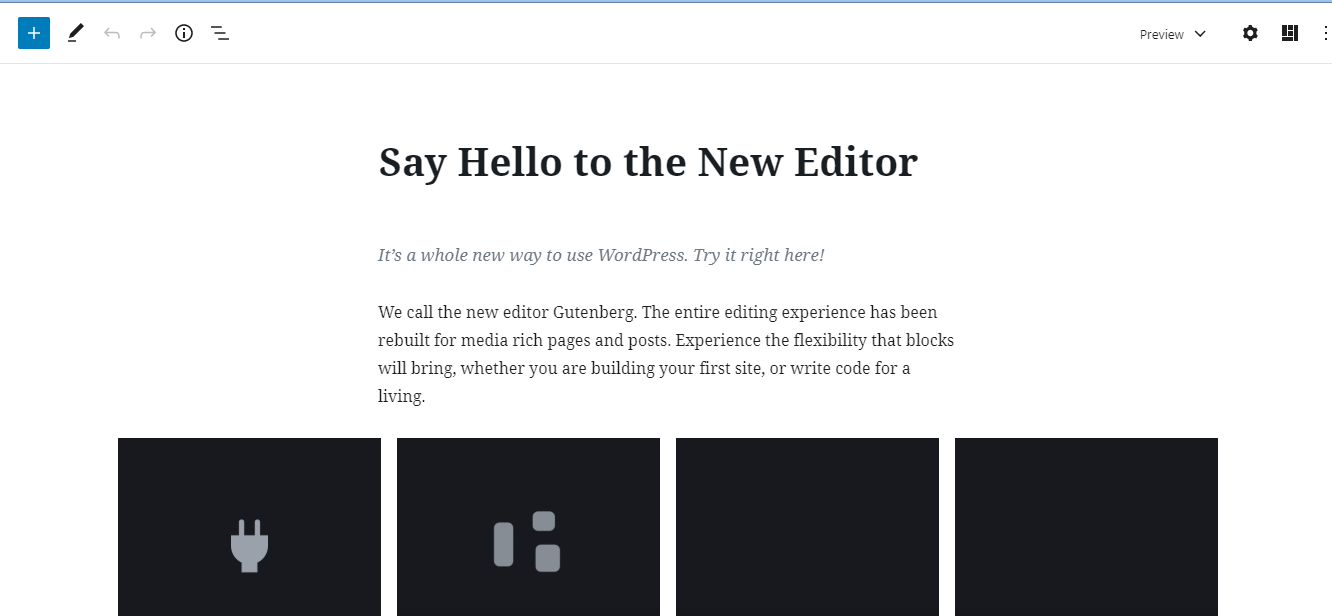
WordPress 5.0 was released at the end of 2018, and it introduced the Gutenberg editor. Even if the Classic Editor plugin has been used for a period of time (will be supported until December 31, 2021), this year is worth knowing our new friend Gutenberg editor. The recommendation is to set up a local WordPress site running version 5.x so that safe experimentation with the new editor can be done without any risk to the real site.
WordPress content writer can adapt to the use of the Gutenberg editor (i.e. by making use of it frequently to create blog content) Also during WordPress development an offline copy of the site should be kept in the local host so that new update of Gutenberg editor can be tested first on the offline website to know how the current content of the website react to Gutenberg. And thereafter plans can be made to update the actual/live website
3. Update themes and plugins
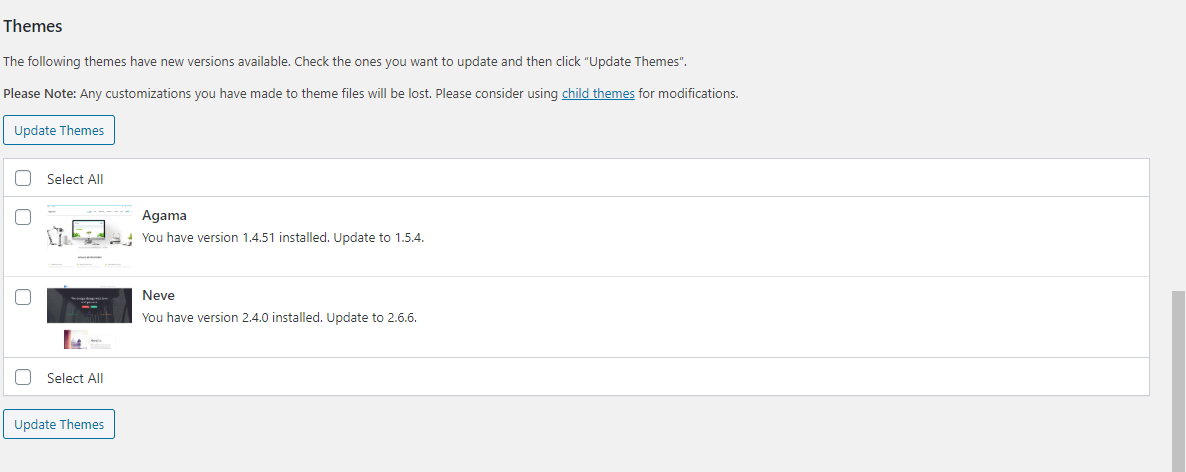

This WordPress tip is nothing new, but it is very important and worth including in any list of best practices! Now is the best time to review themes and plugins to ensure they are up to date and running as they should.
Although it may feel tedious to update these contents by managing numerous sites, it is very important for site speed and security. Outdated versions may have vulnerabilities that put the website at risk, and imagine how long it will take to repair a website with malware.
Also: updating themes and plugins for customers is a continuous service that can be charge to earn recurring income. If this pricing structure is not activated, it is highly recommended.
4. Make sure website is mobile-friendly

This best practice is not new, but it is still very important: the website needs to be fully responsive and mobile-friendly. If making use of a well-maintained WordPress theme and the latest plugin (according to the last tip), there is a high probability that the website will automatically execute on a smaller screen. (Thanks, WordPress developers!)
However, if running a custom website design, kindly think more about ensuring that the website is mobile-friendly. Similarly, if any changes are determined to be made, please test them in the local environment or staging site first. Otherwise, when in the process of updating, website visitors may stumble upon a very strange experience on the website!
5. Add SSL certificate to each site
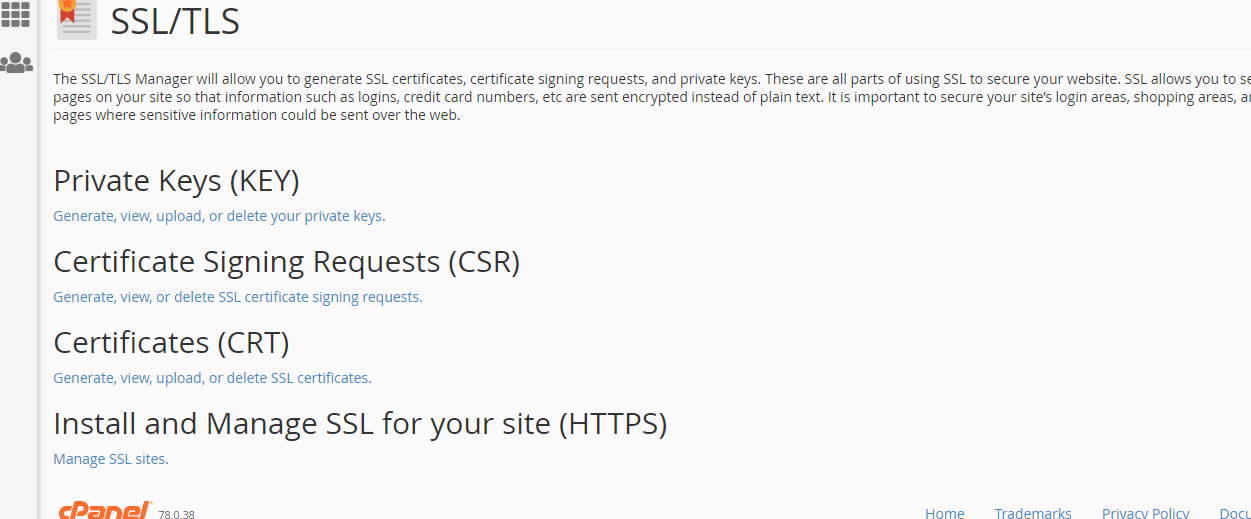
At a certain point in time, SSL certificates are only considered important for certain types of websites, such as e-commerce stores or online banking portals that process sensitive customer information. However, today, even if just building a personal blog, having an SSL certificate on the website is considered best practice.
Google even started to mark websites without SSL certificates as “insecure”, which is definitely not good to be displayed on a website. If you do not have an SSL certificate installed, please start with your hosting provider. This SSL guide will help you learn more.
6. Find favorite tool
This tip is designed to help increase efficiency and efficiency in building websites for customers. One of the greatest ways to expand workflow is to streamline the number of WordPress themes, plugins, add-ons, apps, extensions, etc. to use. Of course, new challenges and unique site requirements will always be encountered, but some review of all the tools used. Is there an overlap? Can you simplify?
For example, when it comes to WordPress themes, is there one that always starts with a framework? Or maybe a theme company that is trust? Or does each new website design require a lot of research time to determine a completely new solution?
If no favorite tool is found, that’s okay. However, in 2020, the year of increasing efficiency by defining. Choices have been made, so researching custom solutions is the exception, not the rule.





